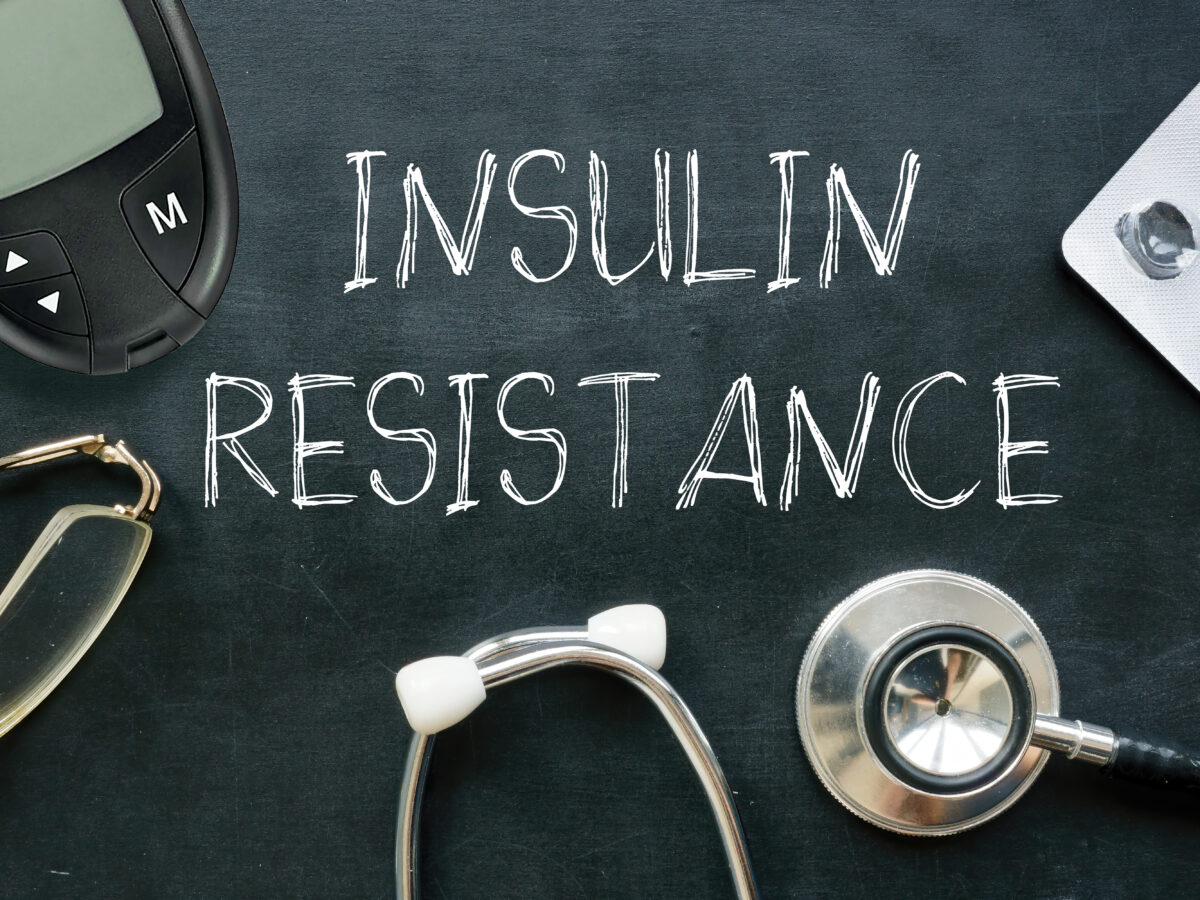Insulin resistance is one of the more common metabolic problems, but for many men, it remains misunderstood. Fitness creators, supplement brands, and weight-loss influencers often mention it, yet the condition develops quietly and can affect energy, hormones, weight, and long-term health. For men, early recognition matters. Age, muscle loss, stress, and lifestyle changes play a role in how well the body responds to insulin, which is why routine evaluation for aging men is part of insulin resistance management. Understanding the early signs and knowing when to take them seriously can help men protect their long-term metabolic and cardiovascular health.
How Insulin Works and Why Men Become More Vulnerable Over Time
Insulin is a hormone produced by the pancreas that helps the body use glucose for energy. After meals, insulin moves glucose into the cells, lowering blood sugar back to a normal range; however, when the body becomes insulin-resistant, cells no longer respond as effectively to insulin. This forces the pancreas to then produce more insulin in an attempt to maintain proper glucose levels.
Over time, this compensation becomes harder to maintain. Blood sugar begins to rise, eventually leading to prediabetes and then Type 2 diabetes if left unaddressed. While both men and women are susceptible, men often develop insulin resistance silently due to age-related changes like declining testosterone, a gradual increase in visceral fat, and a reduction in muscle mass. These shifts make insulin resistance prevention and management an important component of regular health planning for men in their 30s, 40s, and 50s.
Subtle Symptoms Men Often Overlook
Many men assume insulin resistance only produces obvious symptoms like extreme thirst or frequent urination, but the early signs are more subtle and usually show up during daily routines. Common symptoms include constant fatigue after meals, stronger cravings for carbs or sweets, difficulty maintaining muscle, stubborn weight around the midsection, and an energy crash in the afternoon.
Some men also experience reduced libido, mild erectile changes, or poor workout recovery, which can be linked to disrupted glucose regulation. These signs are often dismissed as typical aging, leading to delayed diagnosis. Effective insulin resistance management focuses on identifying these patterns early and tracking changes over time, rather than waiting for more serious symptoms.
Why Men Face Higher Risks
Men experience unique metabolic pressures that raise the likelihood of insulin resistance. Key factors include:
- Greater abdominal and visceral fat storage, which releases fatty acids and inflammatory signals that weaken insulin sensitivity
- Age-related testosterone decline that reduces muscle mass and slows efficient glucose use
- Family history of diabetes or heart disease
- Lifestyle patterns such as long hours of sitting, irregular meals, poor sleep, or chronic stress
- Related health conditions such as high blood pressure, elevated triglycerides, and nonalcoholic fatty liver disease
These indicators provide important clues about long-term risk and help determine how proactive health management should be.
How Insulin Resistance Is Identified in Men
Doctors use several tests and clinical cues to determine whether a man is developing insulin resistance. Fasting glucose, hemoglobin A1C, fasting insulin, triglycerides, HDL levels, and liver markers provide a clearer picture of how the body handles glucose, while body composition tests show increases in visceral fat even when weight stays the same.
For many men, the most valuable insight comes from comparing lab results over several years. A slight increase in fasting glucose or a gradual change in triglycerides may not look concerning as
a single result, but the trend reveals an early metabolic pattern. This long-term view is central to managing insulin resistance because it helps prevent the progression to prediabetes.
Evidence-Based Ways Men Can Improve Insulin Sensitivity
Strength training is one of the most effective tools for restoring insulin responsiveness, as muscle tissue plays a large role in glucose uptake. Regular training, combined with protein-focused meals, helps maintain lean mass and steady blood sugar. Reducing visceral fat through consistent movement, prioritizing whole foods, and limiting high-sugar snacks also improves metabolic function.
Sleep, stress control, and reducing late-night eating can also make a measurable difference for men struggling with fatigue or cravings. Clinicians may even recommend medications or structured metabolic programs. These strategies, combined with a broader plan to manage insulin resistance, should be approved by a physician and tailored to a man’s age, lab results, and symptoms for the best results.
Support for Men at Philadelphia Urology Associates
Men who are overweight, gaining midsection fat, feeling constant fatigue, or noticing changes in sexual function should consider testing, especially if they have a family history of diabetes or heart disease, or have rising glucose or A1C levels over time. For men working with a men’s health specialist, early detection and consistent monitoring provide the best chance to prevent disease progression and maintain strong health as they age.
Philadelphia Urology Associates specializes in men’s health, providing a deeper look at how metabolic issues influence sexual health, energy levels, urinary function, and overall aging. Dr. Bruce Sloane helps identify whether symptoms like abdominal weight gain, reduced stamina, erectile changes, or disrupted urinary patterns may be linked to issues like emerging insulin resistance. Men who want a focused plan for managing insulin resistance and long-term health as they age can schedule a consultation to gain personalized guidance from Philadelphia Urology Associates.
